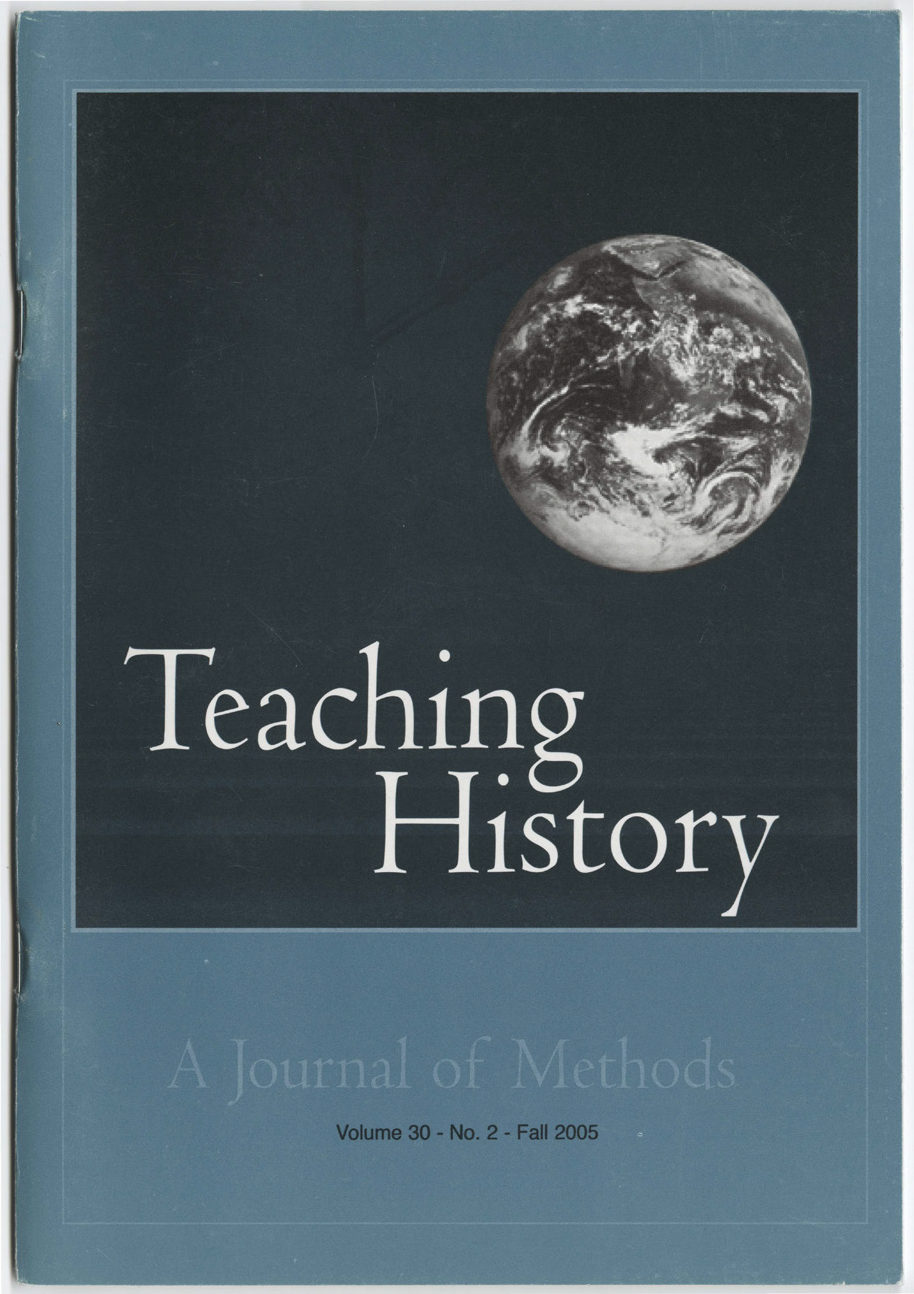Simulations, Sources, And The History Survey Course
Miking The Internet Matter
DOI:
https://doi.org/10.33043/TH.30.2.82-90Abstract
How will the digital age change the nature of teaching and learning history?1 This is one of the most important questions facing historians today. In 1998 the American Historical Association (AHA) received a grant from the National Endowment for the Humanities to begin addressing this question. The project has focused on the teaching of survey courses in two-year and four-year institutions.2 The results thus far, posted at the AHA's website and described by the leader of one of topic clusters (they exist for the History of Americas and World History), are an impressive collection of syllabi and digitized sources that address a number of topics. The projects are notable for two additional reasons as well.3 First, rather than use source material already on the Internet, many units rely on sources digitized by the faculty. Increasing digital literacy and understanding the process for digitizing sources is important, but this approach might not be the best use of time or resources to address issues of teaching and learning. Primary and secondary source material for just about any topic or period now can be retrieved from the Internet.4 Furthermore, primary sources exist in a variety of media: speeches, video clips, songs, photographs, paintings, and text documents. Secondly, by focusing on the use of technology, the AHA's project demonstrates that no necessary link exists between digitizing sources and developing innovative pedagogy that encourages active learning and historical thinking. The purpose of this article is to recommend classroom strategies and activities for the survey course that use digital resources and promote active learning.
Downloads
Downloads
Published
How to Cite
Issue
Section
License
Copyright (c) 2005 Brian McKenzie

This work is licensed under a Creative Commons Attribution-NonCommercial-NoDerivatives 4.0 International License.
By submitting to Teaching History, the author(s) agree to the terms of the Author Agreement. All authors retain copyrights associated with their article or review contributions. Beginning in 2019, all authors agree to make such contributions available under a Creative Commons Attribution-NonCommercial-NoDerivatives 4.0 International license upon publication.



